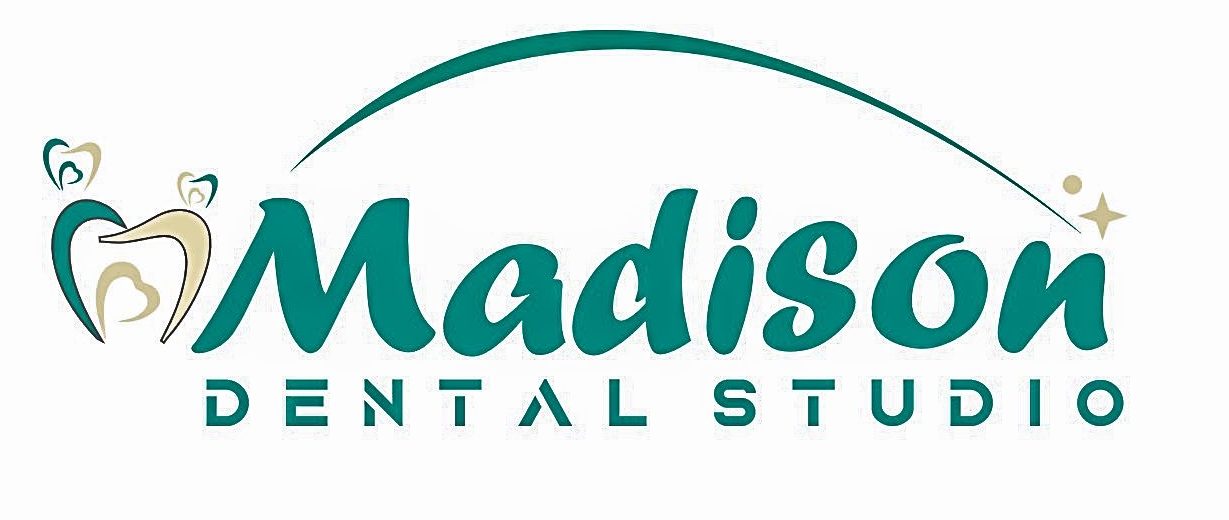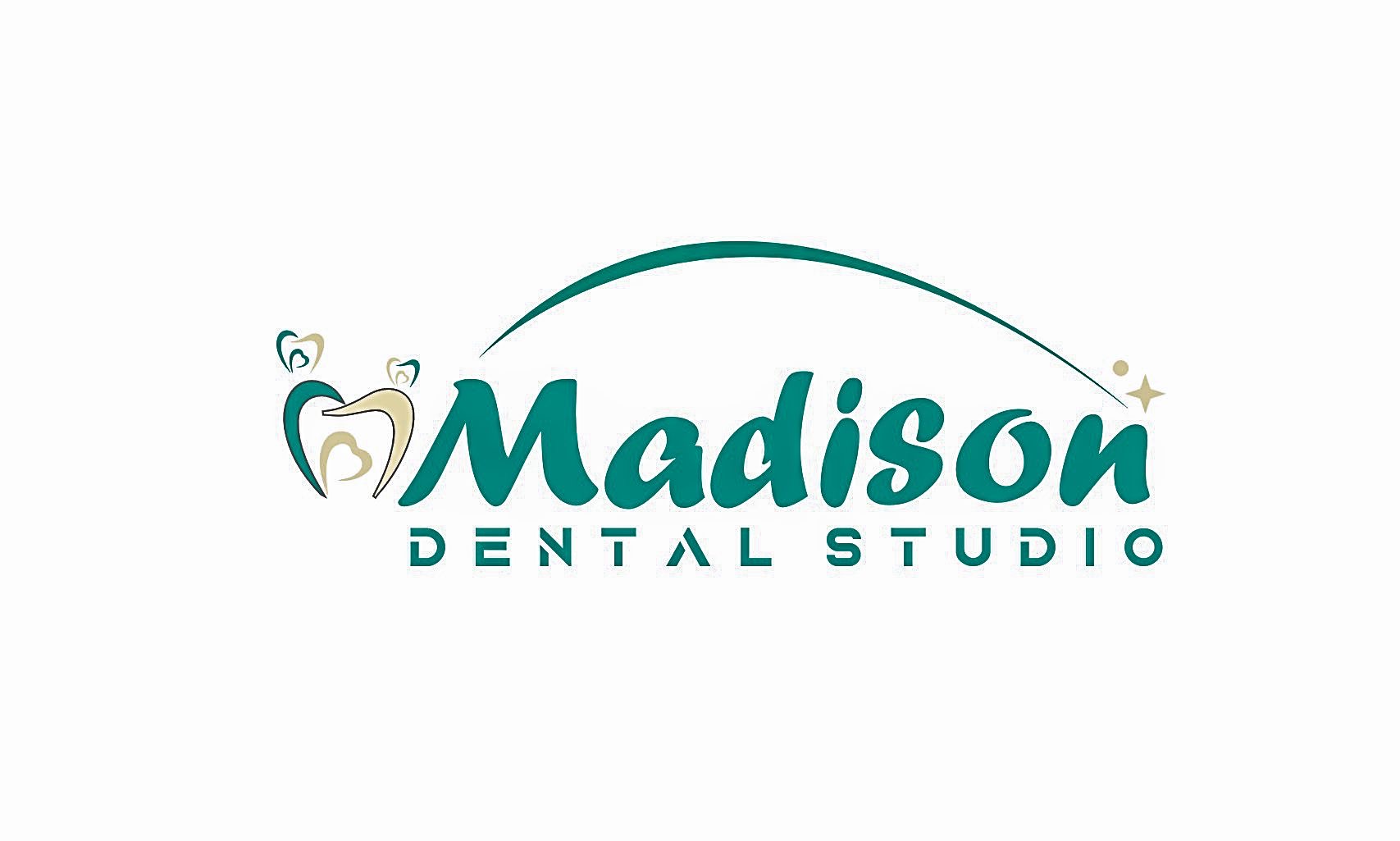Orthodontics
The Importance of Beautiful, Straight Teeth
Professional Orthodontics Treatment
Orthodontics is the branch of dentistry that corrects teeth and jaws that are positioned improperly. Crooked teeth and teeth that do not fit together correctly are harder to keep clean, are at risk of being lost early due to tooth decay and periodontal disease, and cause extra stress on the chewing muscles that can lead to headaches, TMJ syndrome, and neck, shoulder and back pain. Teeth that are crooked or not in the right place can also detract from one’s appearance.
Beautiful, straight teeth blend into your face and are associated with numerous positive qualities. Nowadays, thanks to state-of-the-art orthodontic techniques, esthetically pleasing teeth are available to everybody.
What is orthodontic treatment?
Orthodontic treatment straightens your teeth so they look and work better. Braces or other appliances are used to put gentle pressure on your teeth. Over a number of months or years this pressure can move your teeth into the right position.
Why you may need orthodontics
The position of your teeth and jaws has an effect on your bite. Your bite is how your top and bottom teeth come together. When your top and bottom teeth do not fit together properly, this is called a malocclusion or a bad bite. Problems like missing, crooked, crowded or protruding teeth can contribute to a bad bite. Thumb or finger sucking may also affect your bite.
A bad bite can make it hard to chew some foods and may cause some teeth to wear down. It can also cause muscle tension and pain. Teeth that stick out are more easily chipped or broken. Crowded and crooked teeth are harder to clean and may be more likely to get cavities and gum disease. Fixing a bad bite improves your smile and your health. Different types of bad bites include an overbite, a crossbite, an overjet and an open bite.
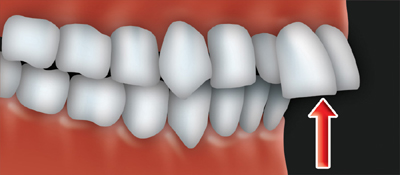
An overjet occurs when the upper front teeth protrude.
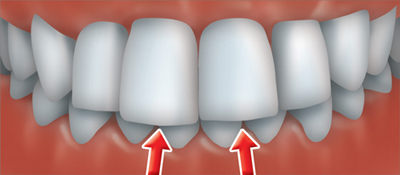
A deep bite occurs when the upper front teeth cover the lower front teeth too much.
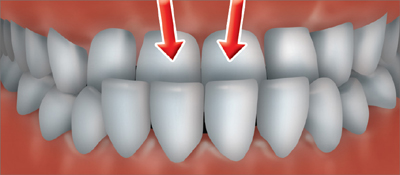
An underbite occurs when the upper teeth fit inside the arch of the lower teeth.
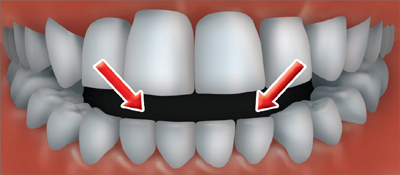
An open bite occurs when the back teeth are together and there is an opening
between the lower and upper front teeth.
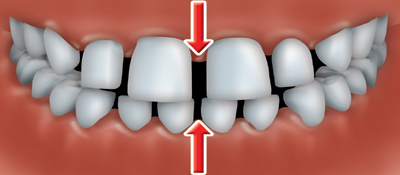
Gaps between teeth
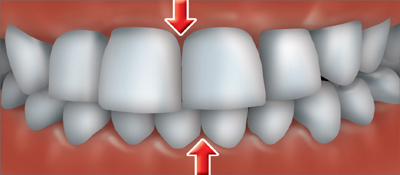
A crossbite occurs when one or more of your upper teeth don�t
line up with the appropriate lower tooth or teeth .
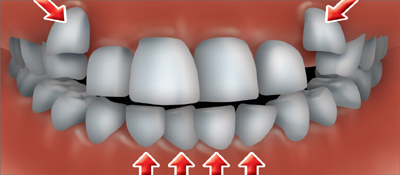
Crowded or overlapped teeth
Who does this procedure?
Your dentist may do basic orthodontic treatment or refer you to an orthodontist. An orthodontist is a dentist who has completed a university post-graduate specialty program in orthodontics. Orthodontics is a specialty of dentistry that deals with preventing and correcting malocclusions.
Who can get orthodontic treatment?
Orthodontic treatment isn�t just for teens, as teeth can be moved at any age. In fact, more and more adults are having orthodontic treatment to improve the look and health of their smile. Your dentist or orthodontist can evaluate if orthodontic treatment is right for you.
In some cases it is helpful to start orthodontic treatment before all the permanent (adult) teeth come in. This is called interceptive orthodontics. Your dentist or orthodontist can do an orthodontic screening to find out if your child will need orthodontic treatment to correct a bad bite. Interceptive orthodontics allows your dentist or orthodontist to treat or stop a problem as it is developing.
How long does treatment take?
Orthodontic treatment takes time. The amount of time depends on your age, the seriousness of your problem and the treatment technique used. Treatment generally involves a visit to your dentist or orthodontist on a regular basis over a period of months to years. In general, it takes longer to treat adults than children or teenagers. Most people wear braces for about 2 years.
